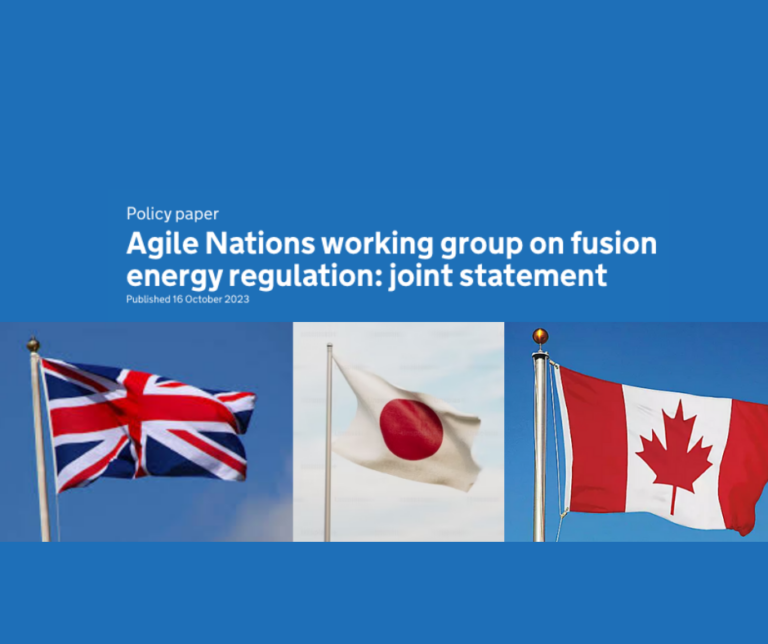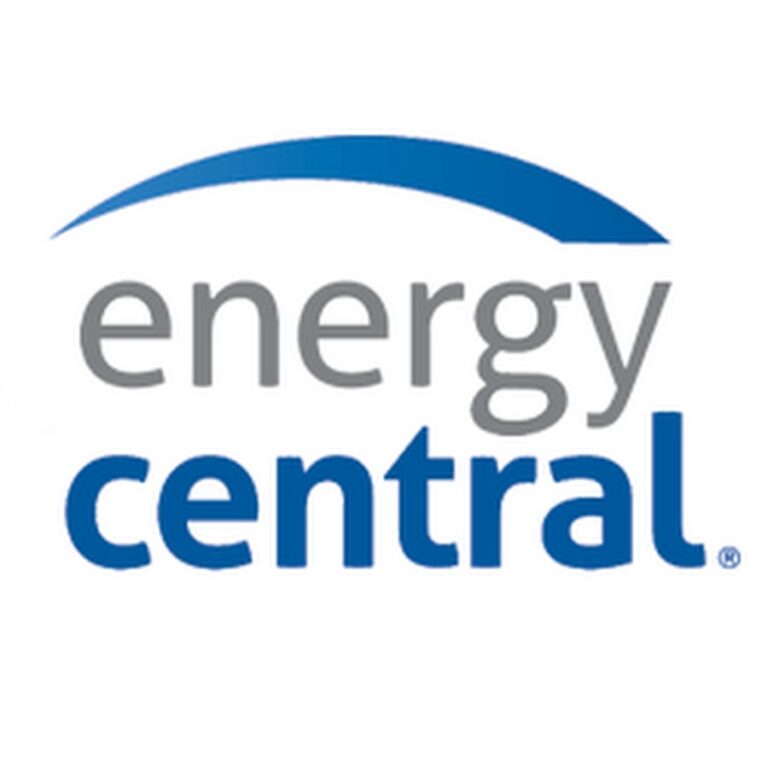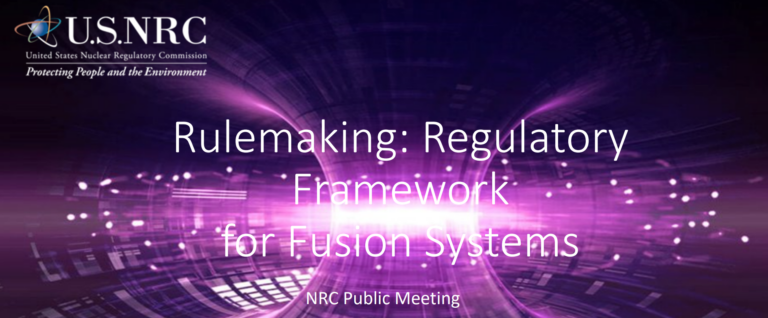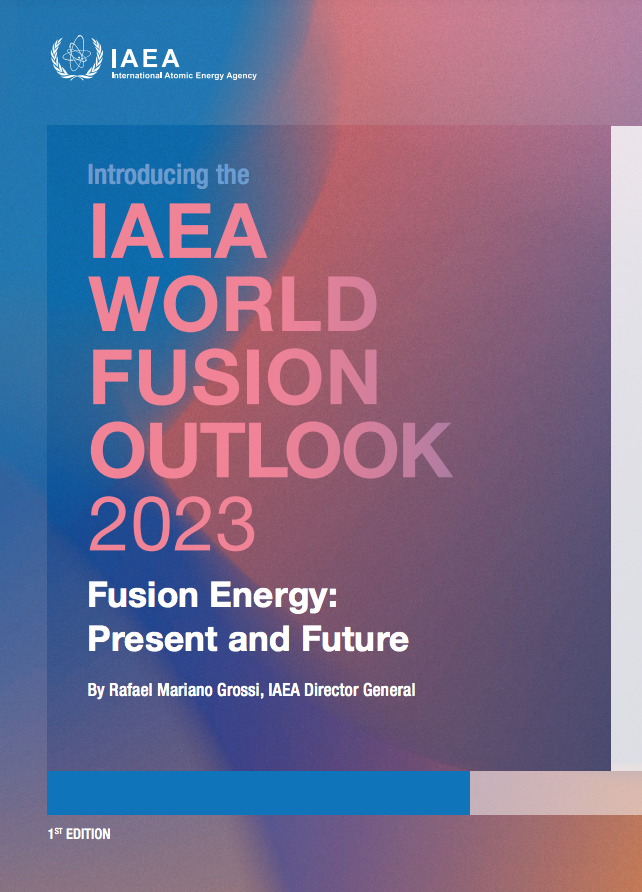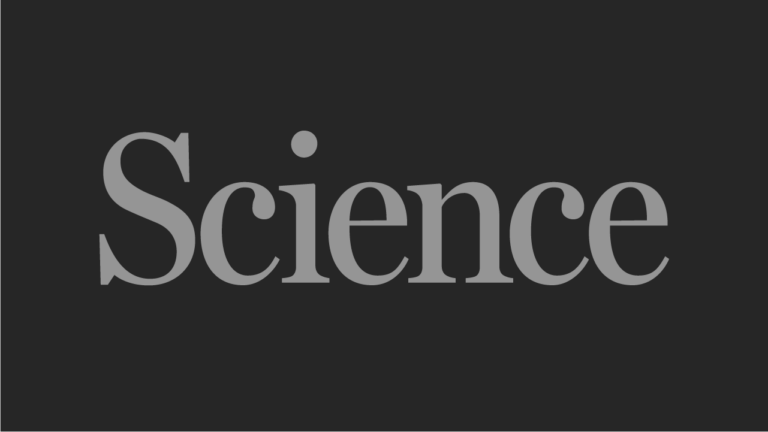UK, Japan, and Canada Publish Fusion Regulatory Framework Recommendations
Through the Agile Nations network, the United Kingdom, Japan, and Canada published initial suggestions for a multi-national fusion regulatory framework. The network, consisting of government representatives and technical experts, suggested recommendations on how to develop an appropriate regulatory framework for fusion energy facilities. The group recognized the importance and viability of fusion power as a global opportunity, and recommends that fusion regulations should be pro-innovation, risk-informed, and transparent.

